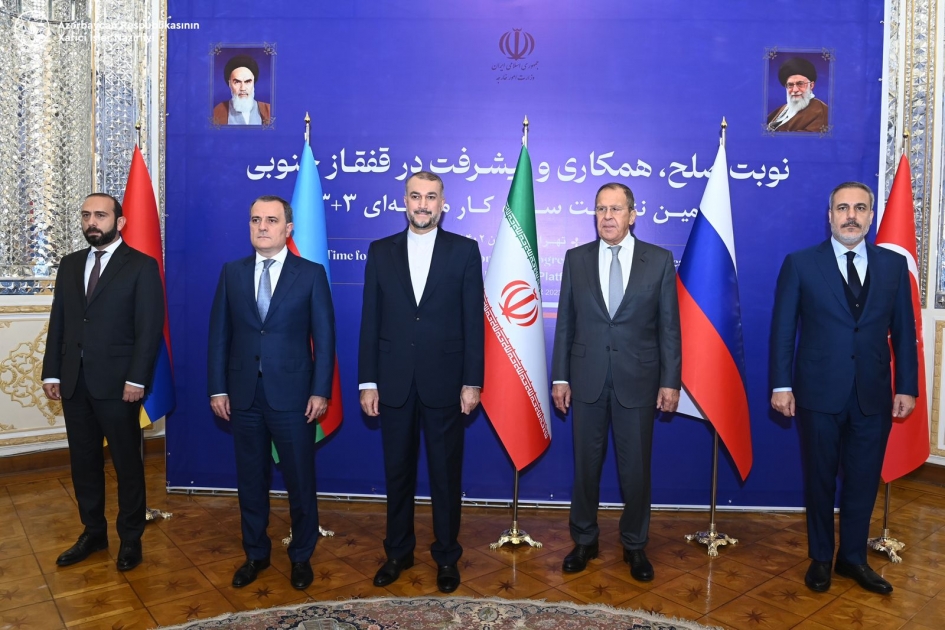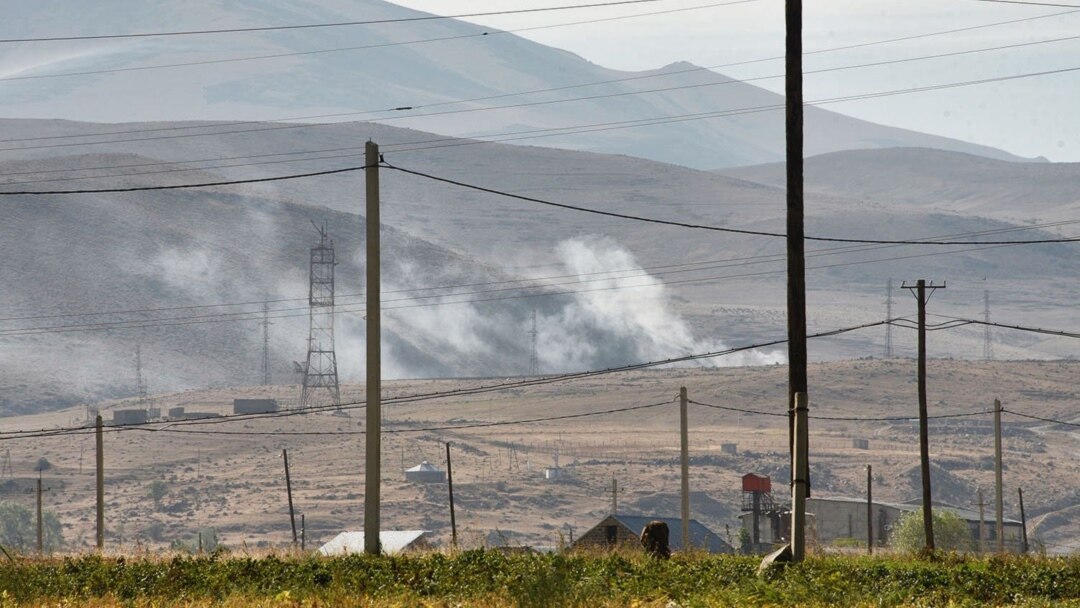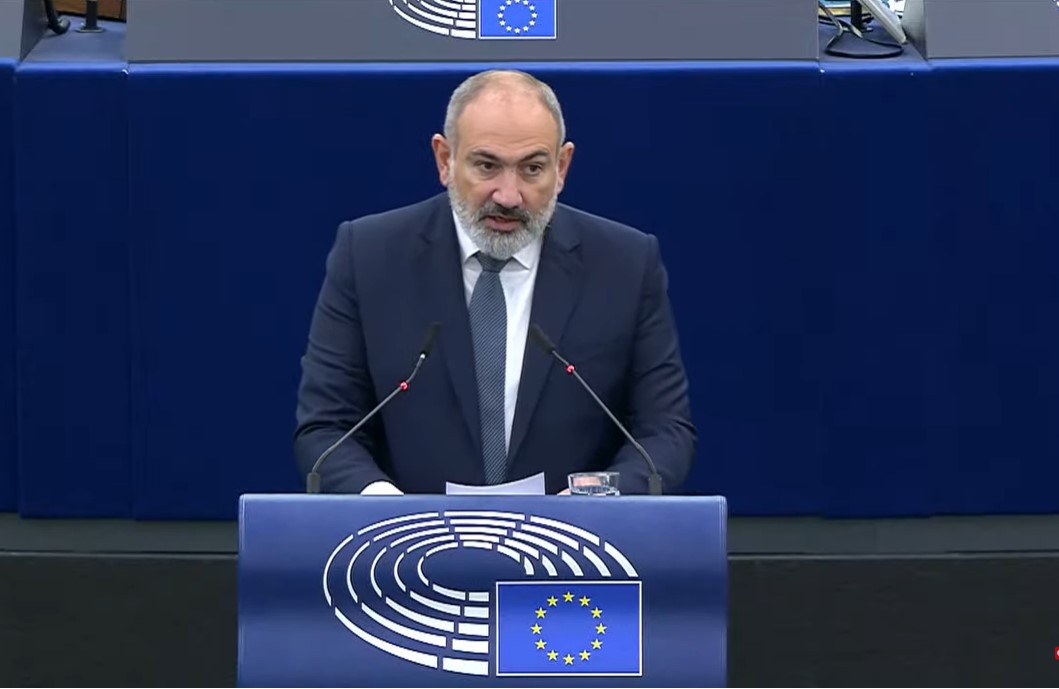"Apart from Armenia, no one needs the Crossroads of Peace." Opinion from Yerevan
“Crossroads of Peace” Project
A project called “Crossroads of Peace” is being discussed in expert circles in Armenia. As Prime Minister Nikol Pashinyan says, its essence is to utilize regional communications, roads and railroads between Armenia, Turkey, Azerbaijan and Iran. On October 26, he presented this project and its principles in detail at the Silk Road international conference held in Tbilisi.
And now, at a regular session of the government, the Prime Minister said that a separate subdivision has been created under the National Security Service of Armenia to ensure the security of communications passing through Armenia, the movement of vehicles and people through them.
Political observer Armen Baghdasaryan says that such a “Crossroads of Peace”, which Pashinyan envisions, is not needed in the region by anyone but Armenia.
“The project will be of great benefit to all countries in the region”
According to the Armenian Prime Minister, the project will be extremely useful to all countries in the region:
“The railroads running through the south and north of Armenia have not been functioning regionally for thirty years, nor have the numerous highways connecting east and west been functioning. While reopening these roads would be a short and efficient both rail and road route connecting the Caspian Sea to the Mediterranean Sea.”
He believes that rail and road links could also become effective in connecting the Persian Gulf to the Black Sea, including Georgian ports.
Pashinyan emphasizes that the idea of a “Crossroads of Peace” is an integral part of the peace agenda his government intends to implement in the region, and explains that without roads it will be very difficult to build peace:
“Roads connect not only countries and cities, but also people. And therefore, if busy, active roads are a sign of cooperation, peace, and success, then closed roads indicate the presence of problems.”
The Armenian Prime Minister promised to officially present the essence of the project and its principles to the governments of the regional countries. He hopes that “by joint efforts, including investor activity” it will be realized.
4 principles embedded in the “Crossroads of Peace” project
1. All infrastructure, including roads, railroads, air routes, pipelines, cables, power lines, operate under the sovereignty and jurisdiction of the countries through which they pass.
2. Each country, through its state institutions, shall exercise border and customs control on its territory and ensure the security of infrastructure, including the passage of goods, vehicles and people through them.
3. All infrastructure may be used for both international and domestic transportation.
4. All countries use each other’s infrastructure on an equal and reciprocal basis. Certain simplifications of border and customs control procedures may be realized on the basis of equality and reciprocity.
Expert opinion
Political observer Armen Baghdasaryan believes that “Pashinyan’s promises about the era of peace and the “Crossroads of Peace” are beautiful, but he does not say what price Armenia will have to pay for it” and that these ideas are “illusions and empty promises with which they are trying to deceive the people.”
“The probability of achieving peace is zero until the issue of Syunik [Armenia’s southern region bordering Azerbaijan] is resolved. Azerbaijan’s appetites are bigger than the road [the so-called “Zangezur corridor” demanded by Baku through Armenian territory to connect with Nakhichevan]. They do not need such a road as we imagine. We realize that Nakhichevan is not in a blockade – it has a connection with Azerbaijan both through the territory of Iran and Turkey. There is no such problem.”
According to the observer, Only Armenia needs this project, and other countries in the region will be against it:
“Georgia doesn’t need it more than others, because it has a monopoly on West-East roads. If the crossroads are activated, Georgia will lose half of its huge profits, as these will pass through Armenian territory.”
Iran, Baghdasaryan explains, does not need this project, as it cannot transport cargo secretly like Turkey and Azerbaijan. And Turkey and Azerbaijan will not allow the unblocking of roads and development of Armenia as it is not in their interests. Besides, the expert is convinced that these two countries “need the whole of Syunik”, not a road to connect with Nakhichevan.
As for Russia, it needs the “Crossroads of Peace” only on one condition – if it is the Russia that controls these roads.
“And this is not at all what Pashinyan envisioned. In short, 5 out of 6 countries in the region are against the “Crossroads of Peace”. Consequently, what the Armenian Prime Minister imagines will not happen, whether we want it or not,” he concludes.
Follow us – Twitter | Facebook | Instagram
“Crossroads of the Peace” Project





















